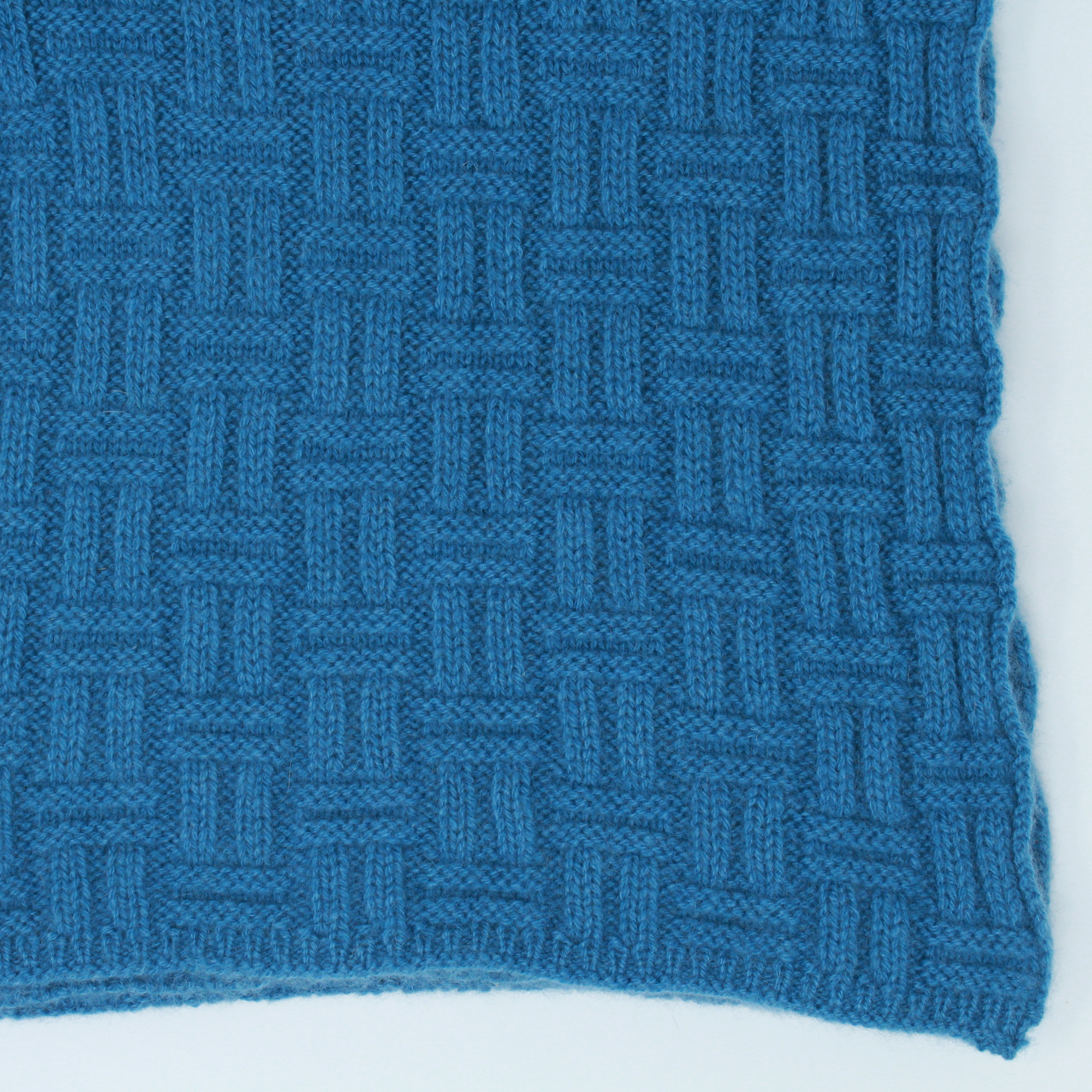As we talk with our customers, we hear a lot of people wondering what makes cashmere so expensive.
Many retailers use a premium pricing model, building on cashmere’s reputation as a luxury good. But cashmere itself is naturally expensive to produce!
We have tried to break this down in the infographic here. (All prices are calculated averages in Canadian dollars, and may vary depending on the design and sourcing of the scarf.)
Breaking down the price of a Zolzaya scarf
Nomadic herders in Mongolia keep, on average, about 300-400 goats and an equivalent number of sheep.
Each goat gives enough cashmere wool to make one scarf.
The herders move with their sheep and goats at least once a season, and sometimes much more frequently if rain is scarce.
The income from cashmere is primarily what supports this year-round labour.
Raw cashmere collected from herders must be graded and transported to the city of Ulaanbaatar for further processing, adding to the cost of the cashmere before it reaches the processing site.
Raw cashmere is washed and carded (untangled by repeated combing) in preparation for further processing. This makes the fibres uniformly soft and fluffy.
The cashmere is then spun into very fine yarn.
The finer the fibres, the more delicate this work needs to be, adding significantly to the production cost.
Knitting with cashmere yarn is done by machine, but is relatively slow due to the extremely fine nature of the yarn.
For example, our lattice knit scarf has an intricate design that takes a full eight hours to knit on an industrial knitting machine!
Each item needs to be finished by hand once it comes off the machine.
Authentic Mongolian cashmere is, unfortunately, not exempt from standard customs duties.
We pay 18% import duties and 5% tax on both the factory production cost and the shipping of our cashmere goods imported from Mongolia.
The cashmere scarf needs to be given a label, hang tag, airtight and moisture-proof packaging for storage, and later packing for mail shipment or a bag for purchase in person at a boutique.
We are based in Manitoba, Canada. This puts us 8,895 km away from the processing site in Ulaanbaatar, and a further 1,400 km away by rural road from the most remote sites where nomadic families produce raw cashmere.
Shipping costs include carbon emissions offsets.
Suppliers of fair trade commodities are typically guaranteed a “social premium” of 15-20% of the product’s commercial price, to be reinvested locally in socio-economic development initiatives.
Zolzaya allocates at least 20% of the retail price of each scarf for reinvestment with local partner organizations in Mongolia.

